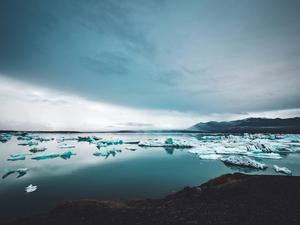Ancient viruses hidden for millennia are reawakening, posing new risks to global health
Glaciers serve as crucial indicators of climate change, preserving ancient microbial data that provide insights into past and future environmental shifts. However, the melting of glaciers and permafrost has begun releasing trapped pathogens, creating new risks. For instance, a 2016 anthrax outbreak in Siberia resulted from thawing permafrost exposing a long-buried reindeer carcass carrying the deadly bacteria. Similarly, in 2014, scientists revived a virus from Siberian permafrost, making it contagious for the first time in 30,000 years.
Recent research has intensified concerns about viral spillovers from melting ice. Genetic analyses of Arctic and Tibetan glaciers have uncovered novel viral species, some as old as 15,000 years. The viral diversity found in these frozen reservoirs suggests that melting glaciers could contribute to future disease outbreaks. Additionally, viruses from high-altitude lakes and marine environments indicate the potential for cross-species infections, further complicating the health landscape.
Despite these alarming findings, the exact risks posed by these ancient viruses remain uncertain. While some may remain inactive, others could adapt and infect new hosts, potentially leading to unforeseen health crises. The COVID-19 pandemic has already highlighted vulnerabilities in global healthcare systems, emphasizing the need for proactive measures to mitigate future outbreaks, as the world faces an increasing number of climate-driven health threats.
